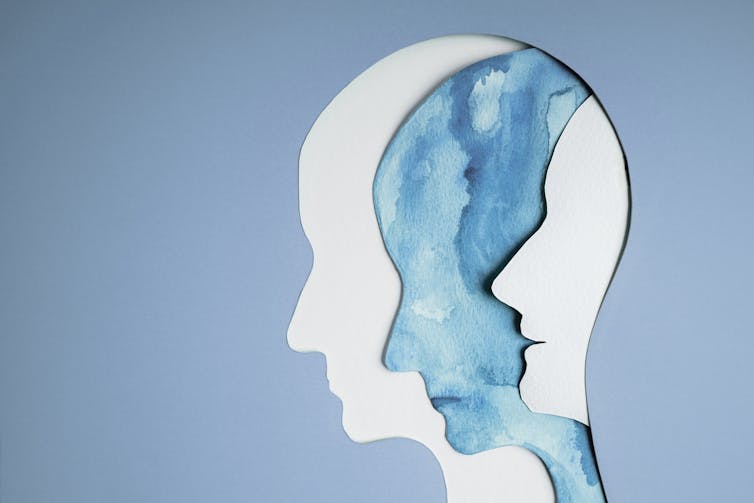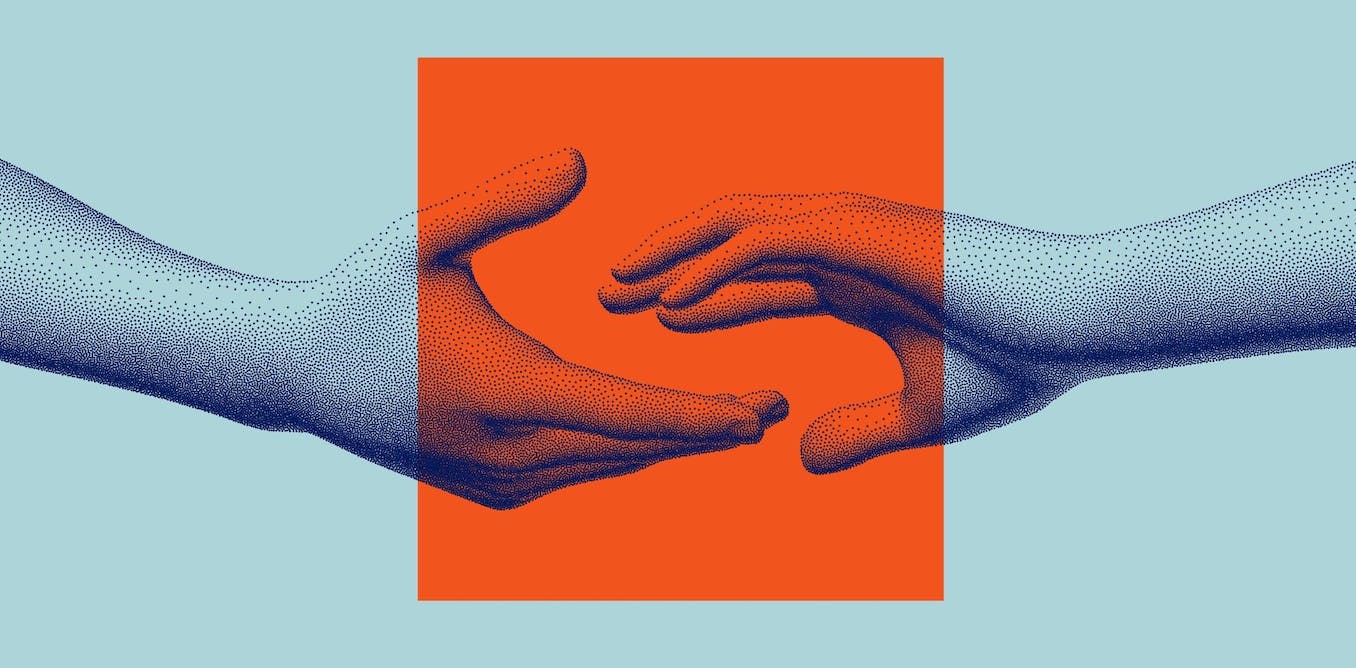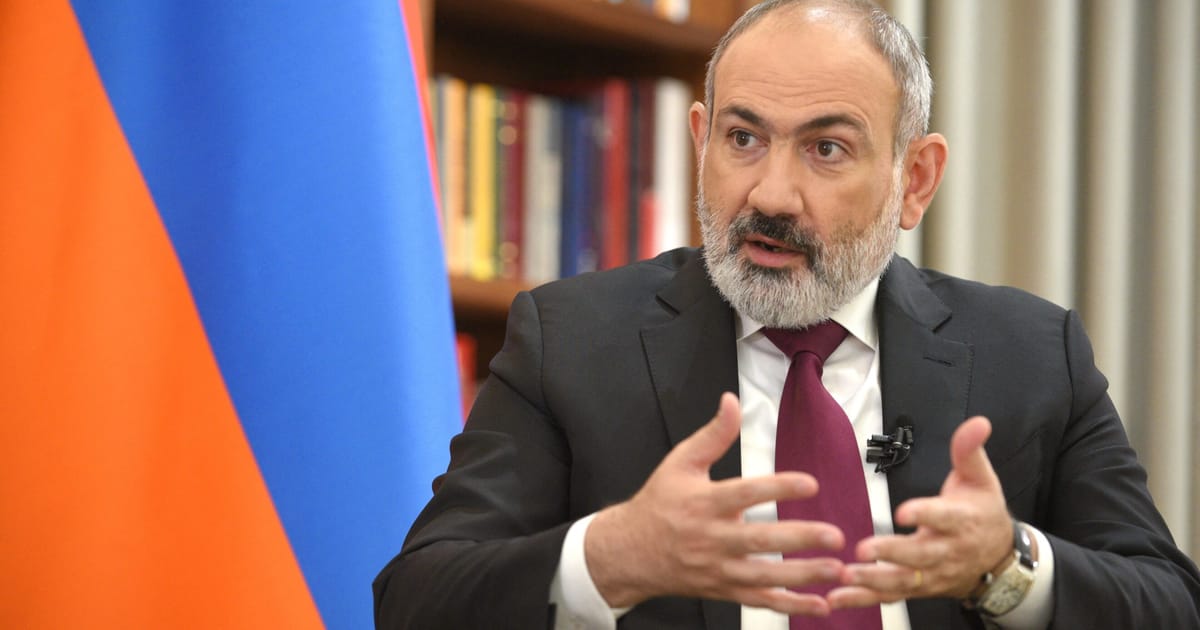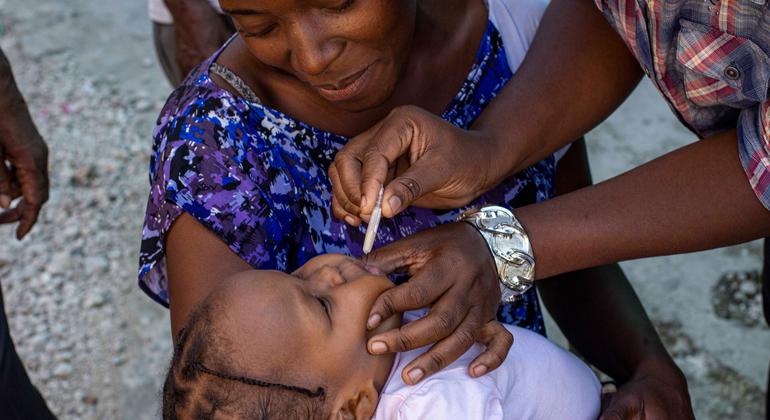Globally, an estimated 700,000 people take their own life every year — a statistic that underscores the importance of suicide prevention.
Suicidal thoughts (ideation), plans and attempts are suprisingly common: 12 per cent of Canadians have thought about suicide during their lifetime, 4.3 per cent made a plan and 3.1 per cent attempted it.
Past suicide prevention efforts have emphasized the identification and mitigation of risk factors. Most guidelines comprise lists of non-specific factors such as mental illness, physical illness, life stress, special population status or access to lethal means. This leaves room for improvement.
The focus is increasingly shifting toward protective factors that make it less likely that individuals will consider, attempt or die by suicide. Protective factors can help counterbalance the effects of risk factors on mental health. For example, optimism and gratitude may reduce suicidal ideation even if someone is experiencing depression.
This emerging field offers evidence-based strategies to protect against suicidal thoughts and behaviours and reduce their frequency.
Social support and connectedness
The interpersonal theory of suicide describes the social nature of suicide and emphasizes two key elements explaining why people consider suicide: feelings of not belonging, and the sense of being a burden to others.

(Shutterstock)
Research on social support suggests that the perception that one is cared for, loved, esteemed, and a member of a network of mutual obligations, contributes to a sense of belonging, making it a protective factor against suicide. Different social networks can provide emotional support, practical help or information.
Individuals who perceived they had strong social support had an approximately 40 per cent reduced risk of suicidal ideation and attempts. Connection with others may also be protective for people experiencing interpersonal adversity in one sphere of their life. For instance, strong family connections may protect against suicidal ideation for a youth experiencing bullying in school.
Social support is a key protective factor for suicide, and anyone — especially those with whom a trusting relationship has been established — can be a source of support by both offering and asking for help.
Beliefs and sense of meaning
Several therapeutic approaches promote searching for meaning in life. Meaning has been described by Michael Steger, director of the Center for Meaning and Purpose at Colorado State University, as having two key components: a sense of comprehensibility, and the pursuit and attainment of goals.
Both the presence and search for meaning can protect against suicidal behaviours by decreasing hopelessness, a negative attitude about future life events. Furthermore, gratitude indirectly buffers against suicidal ideation by contributing meaning in life. Gratitude exercises, such as daily journaling, are easily implementable interventions.

(Shutterstock)
Cultural, religious and personal beliefs are also recognized sources of guidance to perceive life as meaningful. For instance, a study of Asian-American students found that for some, a desire to not let loved ones down was protective against suicide attempts.
Other studies suggest spiritual faith provides the ability to find personal meaning amidst stressful life circumstances. The relationship between religion and suicide is complex. Several studies have found religion to play a protective role against suicidal ideation and attempt. This arises from social factors (mutual care of members of supportive community), ethical considerations (condemnation of suicide) and fear (God’s wrath), as well as by interpreting suffering in a tolerable way.
A study of U.S. women showed that those who frequently attended religious service had approximately five-fold lower rate of suicide mortality compared to those who never attended.
Mindfulness and self-compassion
Self-compassion and mindfulness have received increasing attention for their potential to buffer against suicidal thoughts and behaviours.
Educational psychologist Kristin Neff defines self-compassion as kindness towards oneself in a time of pain.
Self-compassion decreases negative self-judgments, which helps counteract negative emotional states such as self-loathing and self-isolation. Adopting a compassionate stance may help individuals accept difficult thoughts and emotions as a way out of suffering, and is critical for moving individuals toward a life that is not structured around avoidance or escape from painful thoughts, emotions and physiological sensations.
A related concept is mindfulness, defined as the practice of purposely bringing one’s attention to the present moment without judgement. Mindfulness-based interventions may be a promising practice to help navigate suicidal thoughts and behaviours.
Most interventions are a form of mental training to develop skills such as mindful awareness, focused attention and well-being. These skills allow one to respond rather than react to stimuli, enhancing cognitive and emotional regulation.
Dialectical behaviour therapy, the gold-standard treatment for chronic suicidality, also promotes acceptance while advocating for change by focusing on emotion regulation. Dialectic thinking allows an individual to hold two seemingly opposite ideas as part of the same truth. Accepting that opposites can co-exist by engaging in more flexible thinking is a valuable strategy to regulate intense emotions.
Recent research in the field of mindfulness has begun to describe the role played by the mind-body connection in mechanisms related to suicide. In the presence of suicidal ideation, individuals with reported low levels of dissociation, defined as detachment from reality, were less likely to attempt suicide.
Subsequent studies have shown the benefit of interventions aimed at improving interoception — the ability to sense and accept internal sensations and emotions — in reducing suicidal ideation. Engaging in self-guided progressive body relaxation exercise led to improved body trust and reduced identification with suicide.
Healthy lifestyle and habits
Sleep hygiene and physical activity promote overall well-being in both physiological and psychological ways, given the strong mind-body connection.

(Canva)
Sleep serves critical roles in cognitive functions, mood regulation and impulse control, among other things. Research has shown an association between sleep duration and suicide risk. One study observed the lowest risk for suicidal ideation and attempts for people sleeping eight to nine hours per day. The same study suggested an 11 per cent reduction in risk of suicide plans for every one-hour increase in sleep.
Evidence also shows the benefits of physical activity. A recent systematic review has shown that physically active individuals reported almost 50 per cent lower suicidal ideation.
Physical activity can also be perceived as a form of self-compassion and an exercise in gratitude by recognizing the importance of treating the body with care. Emerging evidence also suggests that the documented benefits of physical activity, such as walking, are larger when it takes place in nature. A study found that people with treatment-resistant major depressive disorder who walked in nature experienced fewer negative internal feelings than those who walked in urban streets.
Protective factors and resilience
Suicide is complex. People considering or who have attempted suicide are suffering from tremendous emotional pain. There is no one-size-fits-all recipe for prevention, but sharing knowledge about things that can help guard against suicide is critical. It raises hope and is part of the solution.
These protective factors for suicide can be regarded as pillars of resilience. As a society, it is imperative to continue bringing more awareness to the discussion of suicide and to help people build resilience individually and collectively.
If you or someone you know is thinking about suicide, call 911 for emergency services. For support, call Canada Suicide Prevention Service at 1-866-277-3553 (from Québec) or 1-833-456-4566 (other provinces), or send a text to 45645. Visit Crisis Services Canada for more resources.




